Welcome to our January Newsletter!
Beam Me Up!
Happy New Year from Everyone at Sarasa!!
It’s hard to believe a new decade has unfolded. We wish all of you a happy, healthy and peaceful new start in 2020 in the midst of the great challenges we face in today's world. We would like to thank all of you who gave so generously to our Annual Appeal, providing us with the means to continue creative artistic endeavours for the local communities we serve and for our important outreach work, facilitating music in the youth detention system. Music proves to be a salve for many, as well as a mode in which to celebrate the gamut of emotions, as seen in this sweet scene from Peanuts:
Viola, viola!
For our next program, just a little over a week away, Sarasa focuses on the warmth of the middle voice — the VIOLA. Its tenor range binds the top voice with the bottom, a sort of sandwich filling that brings out the best flavor in an ensemble. It is the instrument that many composers preferred to play in chamber music settings, including J.S. Bach, Mozart, Schubert, Mendelssohn, Dvorak, among others. While the viola does not have the wealth of sonata or concerto repertoire that its violin cousin enjoys, both Mozart and Brahms were clearly inspired by its unique timbre. They composed some incredibly wonderful viola parts in their opus, especially in their string quartets, string quintets, string sextets (Brahms), serenades (Brahms), symphonies, operas (Mozart) and masses— and we will indulge ourselves with two of their masterful string quintets in our January concert set. And if you’re interested, the title of our program is motivated by an extremely riveting duo for two violas by the English composer, George Benjamin (b.1960).
Friday, 17 January 2020 7.30pm Brattleboro Music Center, Brattleboro, VT (tickets: www.bmcvt.org)
Saturday, 18 January 2020 8pm Harvard-Epworth United Methodist Church, Cambridge, MA
Sunday, 19 January 2020 3.30pm First Parish in Lexington, MA
Mozart String Quintet No. 4 in G minor, K. 516
Brahms String Quintet No. 2 in G Major, Op. 111
Rodolfo Richter, Susannah Foster, violins; Jenny Stirling, Jason Fisher, violas; Timothy Merton, cello
Considering the key of G minor in Mozart...
G minor was a special key for Mozart; of his symphonic output, only two works are rooted in the minor key, both in G minor. He also chose this key for his viola quintet, K. 516 written in May 1787 during the period of Mozart’s father’s final illness, who died in Salzburg on 28th May. The work begins with a sense of anxiety and brooding agitation— strong associations that Mozart employed in his other works in this tonality. (His Symphony No. 40 in G minor, composed in 1788, also opens with this texture of unease.)
Have a listen to Mozart’s earlier Symphony No. 25 in G minor, written by the 17-year-old in 1773, which famously starts with the “Mannheim rocket” effect— a swiftly ascending melodic line:
Tchaikovsky wrote of the G minor viola quintet’s slow movement, “No one has ever known as well how to interpret so exquisitely in music the sense of resigned and inconsolable sorrow.” We will balance this incredible piece with Brahms’ late chamber work, the bold and richly sonorous String Quintet in G major, Op. 111, composed in 1890, which opens with one of the most famed solo cello lines in chamber music.
The maligned viola….
Often maligned by a plethora of viola jokes, the viola traditionally shuns the star status that the violin always seems to seek. It seems the beginnings of the violist being given “demoted" status stems from as far back as the 18th century! As a young man, the violinist Francesco Geminiani (1687-1762) was appointed leader of the court orchestra in Naples, where according to the peripatetic music historian Dr. Charles Burney, he was "so wild and unsteady a timist, that instead of regulating and conducting the band, he threw it into confusion," and was demoted to playing the viola.
A sampling of viola jokes:
How was the canon invented? Two violists were trying to play the same passage together...
What's the difference between the first and last desk of the viola section? About half a bar.
How do you get two violists to play in tune with each other? Ask one to leave.
Or this one, again from Charles Schulz:
Sarasa ️loves violas!!










